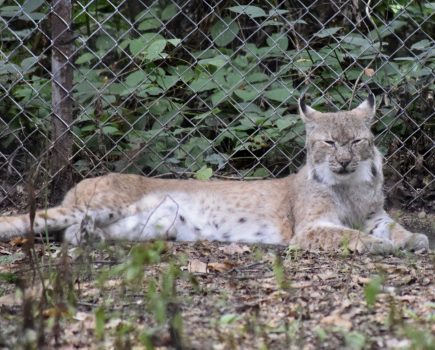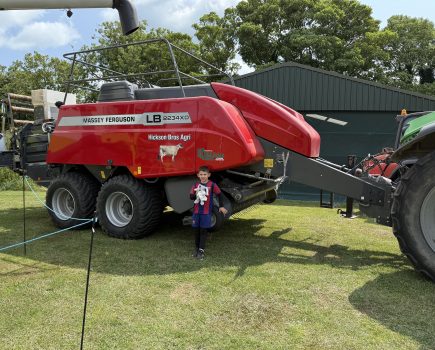Sadly, I haven’t bought any farmland since 2001 when I paid £3,200 per hectare (£1,300 per acre) for a 32ha block. Since then, farmland prices have been a one-way bet, with values surging ever upwards to the point where quite ordinary land in the South East is often priced at £37,000 per hectare (£15,000 per acre). But might this relentless rise in farmland prices be about to change, with larger acreages now reported to be coming to the market?
One thing that is said to be causing more land to be sold is the cost of borrowing. Apparently, banks are getting jumpy about the amount of money some – particularly arable – farmers have borrowed. These loans are at interest rates of 9% in some cases where the arrangements are on overdraft and a 1.5% annual arrangement fee is levied. These finance charges, combined with low grain prices and the imminent disappearance of the Basic Payment Scheme, are causing banks to question whether or not certain farmers are actually capable of servicing their debts, so are insisting that a number of their farmer clients sell some land.
Overall, agriculture and forestry businesses actually had £428 million less borrowed at the end of May this year compared to a year earlier, according to Bank of England figures. But this masks a growing difference between those who have good financial security and those who do not.
Just where farmland prices are headed is, of course, difficult to predict. This is particularly so, given that many of the factors which determine what a hectare of land is worth have nothing at all to do with food production.
Agricultural Property Relief and Capital Gains Rollover Relief, for example, both support farmland prices. But our new Labour Government is reported to be considering the capping or scrapping of both these tax reliefs because they are deemed to have driven up farmland prices to the point where ordinary farmers trying to buy land to farm have been priced out.
The Government is also reported to be looking into ways of ‘capturing value’ from farmers where their land is zoned for development. There is even talk of introducing a ‘land tax’ to drive farmland prices down.
Even in the unlikely event that the Government did introduce all these measures, that still leaves plenty of other demands for farmland that are nothing to do with farming. Land will continue to be needed for renewable energy, re-wilding under Environmental Land Management schemes and for biodiversity net gain schemes through which developers will pay farmers to return their farms to nature to compensate for the loss of natural habitat where houses and factories are built.
If we do see the Government make a determined effort to drive down farmland prices through tax reforms, we may well see farmland prices edge down quite a bit. That said, I’m not holding my breath until they get back to £3,200 per hectare.
For more like this, sign up for the FREE South East Farmer e-newsletter here and receive all the latest farming news, reviews and insight straight to your inbox.







